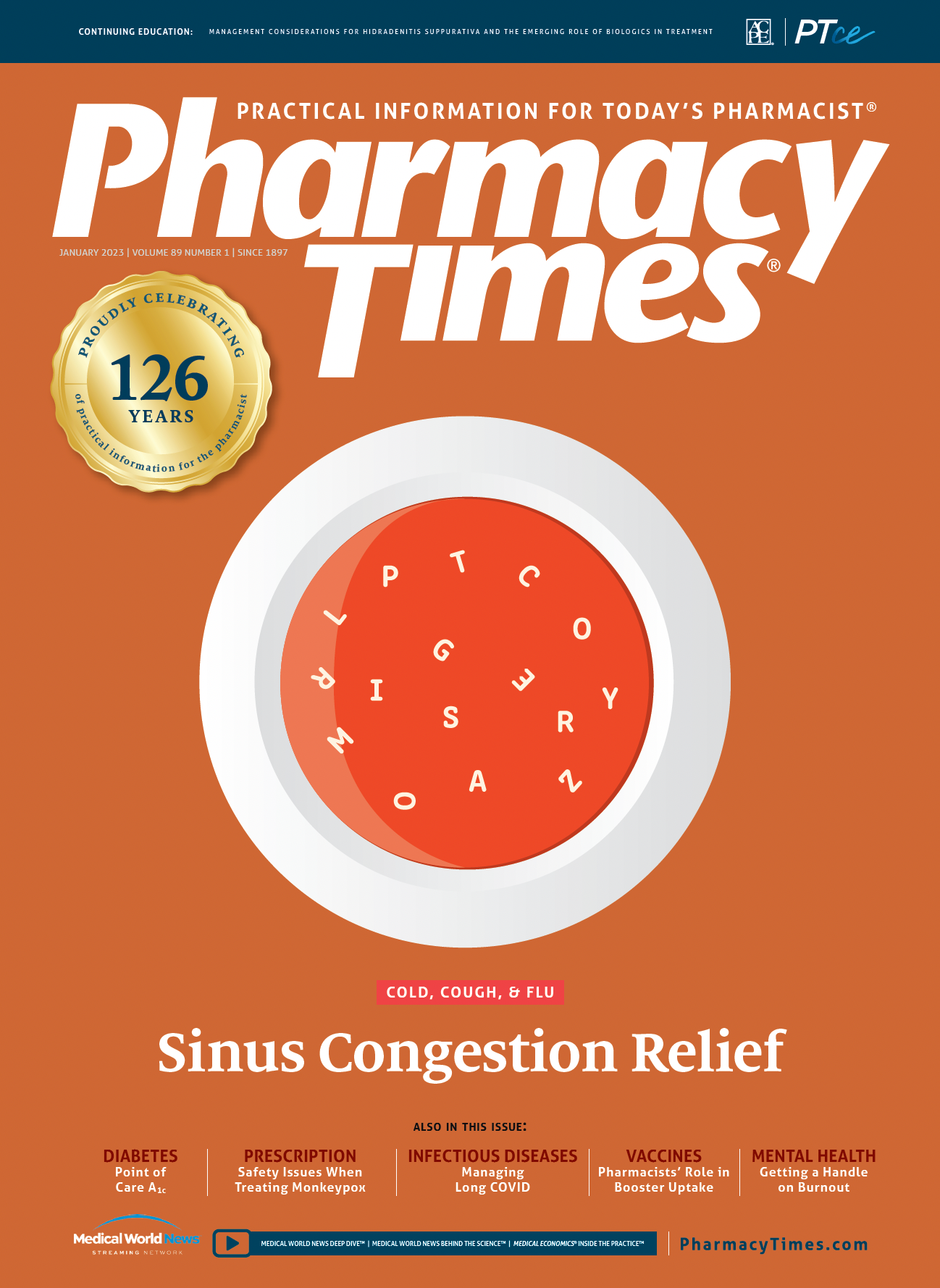Publication
Article
Pharmacy Times
Watch Out for Overcorrections, Unintended Consequences
After not paying attention, looking other way for years, is the pharmacy industry letting patients down again by employing crude methods of controlled substances monitoring?
Opioid overdoses hit new levels during COVID-19. More than 91,000 Americans died from drug overdoses in 2020, a 31% increase from 2019.1
With more than 411,000 “excess” deaths resulting from COVID-19, according to the CDC,2 overdoses have been and remain a public health crisis. Excess deaths are typically defined as the difference between the observed numbers of deaths in specific time periods and expected numbers of deaths in the same time periods. The CDC now attributes 1.17 million deaths to the pandemic, with “excess” deaths over baseline mortality converging close to 0 over the past few months.2
By comparison, nearly 1 million Americans have died from drug overdoses in the past 2 decades.1 Although the pandemic rightly received our attention, drug overdoses still simmered in the background, growing and not shrinking, despite successful efforts to plug a hole in deaths related to opioid-prescription misuse.
Prescription Overdoses for Opioids Level Off
Although drug overdose deaths have nearly quintupled since the turn of the century, deaths attributed to prescription opioids have leveled off at approximately 15,000 per year over the past few years. Meanwhile synthetic opioid deaths have skyrocketed, with a 10-fold increase between 2015 and 2020, now causing more than 50,000 deaths per year.3
Notably, overdoses from amphetamines and benzodiazepines have also risen quickly over roughly the same period, a trend that is inextricably linked to the “balloon effect”: A national effort to crack down on prescription opioid misuse resulted in more nonopioid and non–prescription opioid drug overdoses.
Pharmacy Role Evolves to Public Health and Safe Use
Dispensing naloxone and documenting a plan of care by obtaining the diagnosis and intended duration of therapy have become standards of practice for many pharmacists. Pharmacies that choose to implement these safeguards often think of themselves as important stewards of the opioid prescriptions that they are dispensing. But pharmacy is now being asked to take on a public health role beyond opioid prescription stewardship. Lives can be saved by dispensing naloxone to an at-risk household, even if there are no prescription opioids in that household. Parents can be counseled on methamphetamine and the holes it creates in the human brain after just 1 use. And of course, the rising deaths of nonprescription opioid misuse call for expanded stewardship activities beyond opioids.
Industry Is Agreeing to Record Settlements to Atone for Past Sins
First came the manufacturers and tens of billions in settlements, then came the wholesalers and tens of billions in settlements, and now pharmacies in the tens of billions.
Jack Johnson’s lyrics from his song “Cookie Jar”—“It was you, it was me, it was every man. We’ve all got the blood on our hands”—are apropos.
It isn’t as if any of these actors wanted Americans to die of drug overdoses, but all the actors in the play, when taken together, had a role. And now that role is under greater scrutiny because mitigation measures have been put in place to prevent repeat episodes of complicity.
Now the Lawyers Are In Charge
Corporate write-downs and lawsuits, with some executives being threatened criminally, are not pleasant or desirable. Corporate integrity agreements and protocols are now in place to help prevent the types of newspaper articles that point to some pharmacy locations dispensing unfathomable levels of prescription narcotics. It has become commonplace to have pharmacies threatened by approaching an ordering threshold or altogether locked out of ordering scheduled substances because of the enforcement of mathematical formulas that legal teams say is necessary to adhere to court-sanctioned due diligence and ongoing monitoring to prevent additional lawsuits.
Are We Failing Patients Yet Again?
Wholesalers are facing the dilemma that math and “if/then” logic are often the enemy of context and can only go so far to identify actors with ill intentions.
Many pharmacies serve a disproportionately high number of patients who need opioids, both chronically and intermittently and appropriately, and have and maintain a plan of care for those individuals. Better care and proximity to certain providers lead to additional ordering, which in turn leads to additional risk to pharmacies. How did we get to a place where a pharmacy can provide best-in-class, opioid-related, well-documented care delivery only to be given the equivalent of the pharmacy “death penalty”—being cut off from ordering these medications? Meanwhile, amphetamines and benzodiazepines are girding for a repeat episode of lack of the contextually based, proactive scrutiny necessary to monitor pharmacy providers to determine the good actors from the bad ones.
We need a care delivery system, not a policing plan, in which any scheduled substances prescribed and dispensed require a plan of care with common data elements, such as diagnosis and intended duration of treatment, and we need to fund it with money for both monitoring and the extra time required for providers to provide the needed care through enhanced dispensing fees.
Let's not keep repeating past mistakes.
ABOUT THE AUTHOR
Troy Trygstad, PharmD, PhD, MBA, is the executive director of Community Pharmacy Enhanced Services Network USA, a clinically integrated network of more than 3500 participating pharmacies.
REFERENCES
1. Death rate maps & graphs. CDC. Updated June 2, 2022. Accessed December 5, 2022. https://www.cdc.gov/drugoverdose/deaths/index.html
2. Excess deaths associated with COVID-19. CDC. Updated November 30, 2022. Accessed December 5, 2022. https://www.cdc.gov/nchs/nvss/vsrr/covid19/excess_deaths.htm
3. Overdose death rates. National Institutes of Health. January 20, 2022. Accessed January 4, 2023. https://nida.nih.gov/research-topics/trends-statistics/overdose-death-rates







